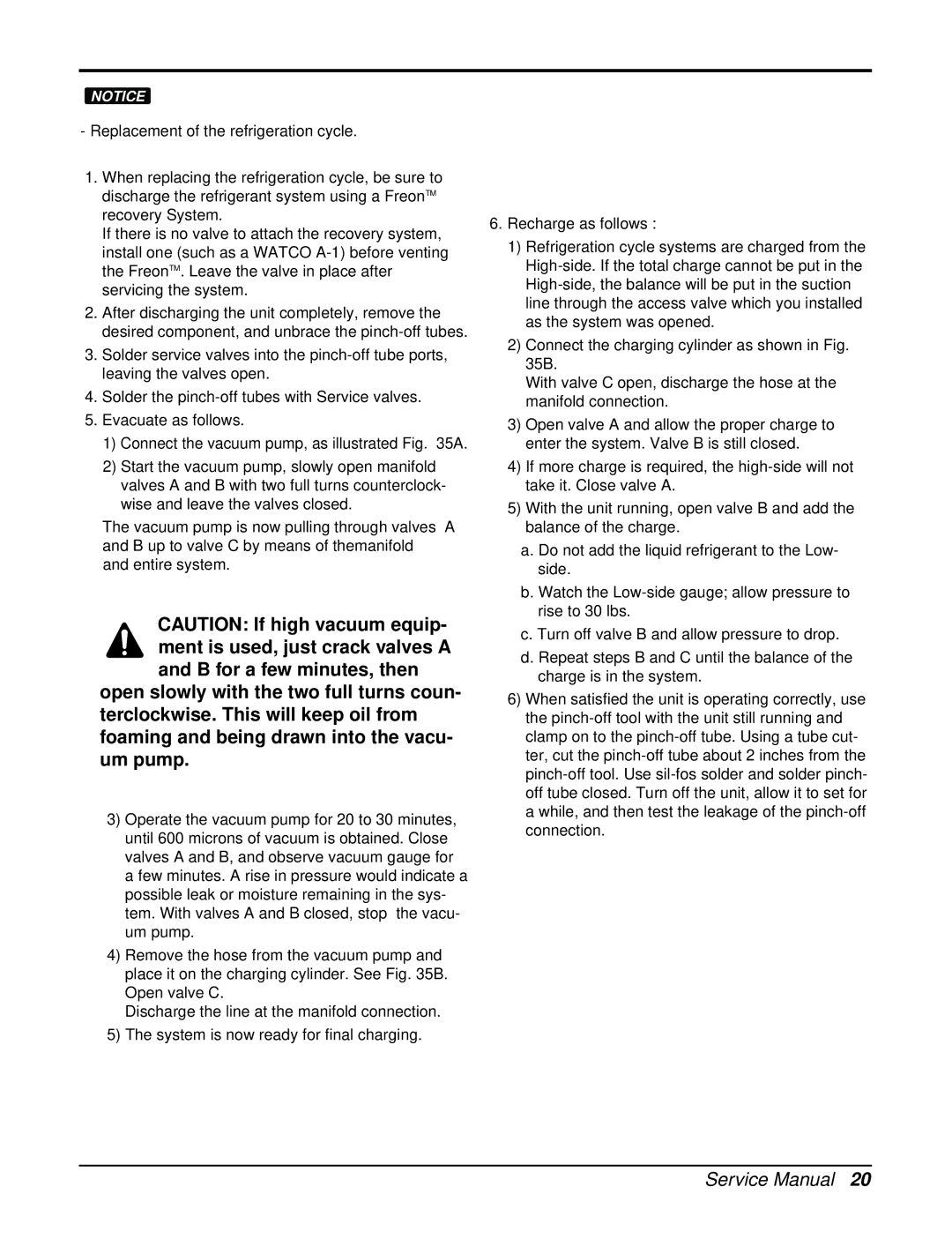REG-183A, REG-243A specifications
The Heat Controller REG-183A and REG-243A are innovative heating solutions designed to enhance comfort and efficiency in various settings. These models represent the latest advancements in heating technology, providing effective climate control for residential and commercial spaces.One of the standout features of the REG-183A and REG-243A is their energy efficiency. Both models utilize advanced heat pump technology, which significantly reduces energy consumption compared to traditional heating systems. With their efficient operation, users can expect substantial savings on energy bills while maintaining a cozy environment.
Another key characteristic of these heat controllers is their precise temperature regulation. Equipped with intelligent control systems, the REG-183A and REG-243A can accurately monitor and adjust the indoor climate according to user preferences. The ability to maintain consistent temperatures not only enhances comfort but also contributes to the longevity of the heating system itself.
The REG-183A and REG-243A are designed with user convenience in mind. They feature programmable settings that allow users to customize heating schedules based on their routines. This capability ensures that spaces are warm when needed while conserving energy during unoccupied periods. Additionally, the intuitive control interfaces make it easy for users to navigate settings and make adjustments as necessary.
Durability and reliability are paramount in the design of these heating units. Built with high-quality materials and components, both models are engineered to withstand the rigors of daily use. Their robust construction reduces the likelihood of breakdowns, providing peace of mind to users.
Moreover, the REG-183A and REG-243A are equipped with comprehensive safety features. Automatic shut-off mechanisms and over-temperature protection are integrated to prevent potential hazards, ensuring that users can enjoy warmth without worry.
In terms of aesthetics, these heat controllers have a sleek and modern design that can seamlessly blend into any decor. Their compact size allows for easy installation in various spaces, from homes to offices.
In summary, the Heat Controller REG-183A and REG-243A are designed to deliver efficient, reliable, and user-friendly heating solutions. With their energy-saving technology, precise temperature control, and robust features, they stand out as excellent choices for those looking to enhance their indoor climate control systems. Whether it's for residential comfort or commercial applications, these models offer the perfect balance between performance and efficiency.

